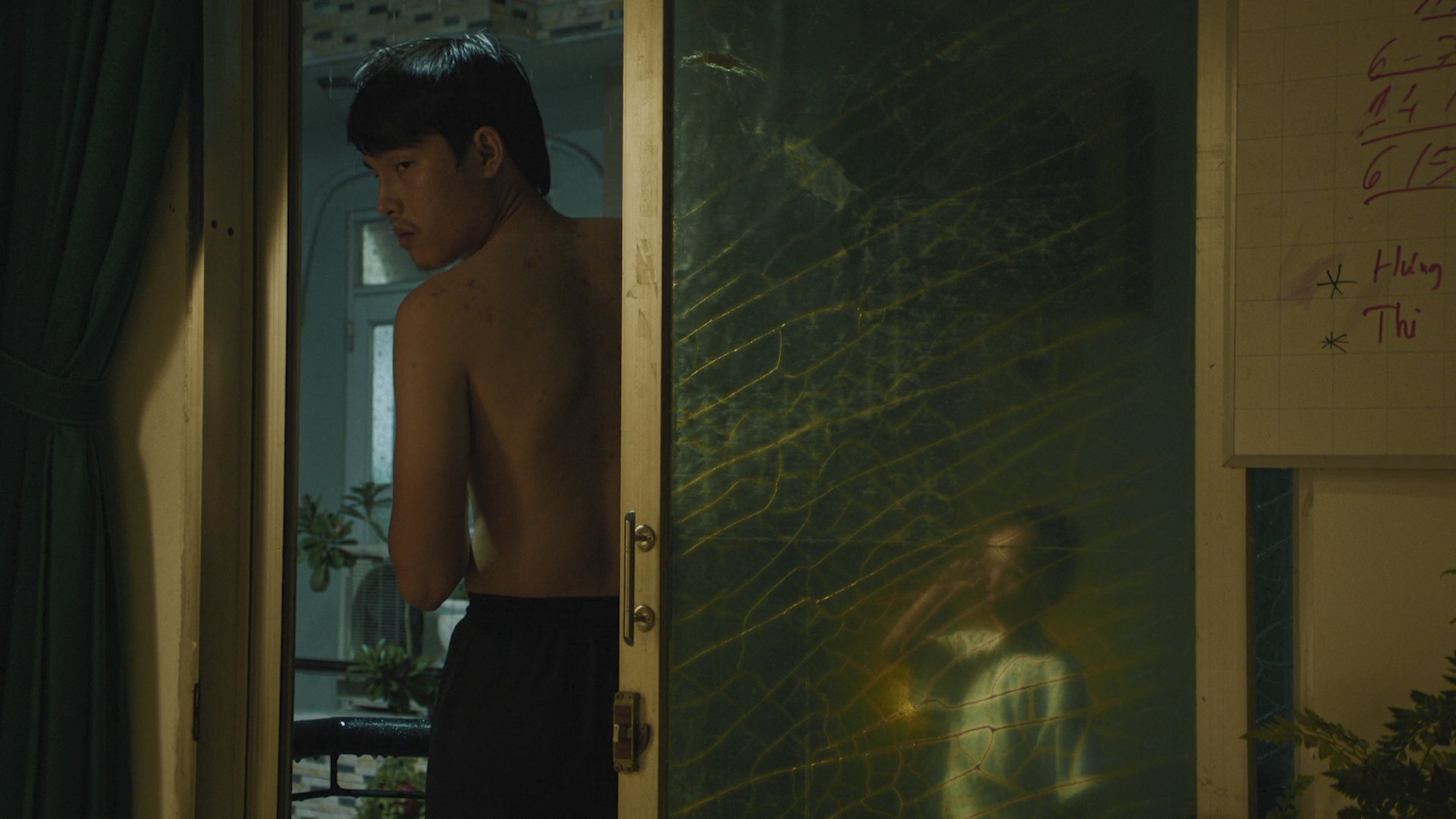© Turkuvaz Haberleşme ve Yayıncılık 2024
In "Inside the Yellow Cocoon Shell," a continuous shot lasting about 20 minutes, covering less than a mile, captures a brief yet timeless essence. The setting is the Vietnamese countryside, and we follow Thien (Le Phong Vu), a gentle young man, as he embarks on an errand for a friend. Another director might have chosen to skip directly to the errand and its result or excluded the errand and the ensuing discussion altogether from the on-screen narrative.
But the director, Pham Thien An, does none of these things. Instead, he reminds us that even the most seemingly insignificant moments – and there is nothing insignificant in the world of this patient, gorgeous, quietly spellbinding movie – can open a gateway to the sublime.
Pham shows us the errand in full: After talking to his friend, Thien rides away on his motorbike, the camera, never looking away, following closely behind down a dirt road and up to the home of a local elder, Mr. Luu, who welcomes him inside. As we slowly zoom into the house through an open window, the two men discuss their business: Thien wants to pay for a service rendered, but Mr. Luu refuses for reasons that, as he explains, have something to do with his decades-ago experience as a soldier fighting the Viet Cong. His inability to accept payment now, he suggests, is an expression of his faith in God, as emblematized by the Jesus figurines we see proudly displayed next to his army certificates. Not for the first time in "Inside the Yellow Cocoon Shell" are the possibilities of transcendence and violence closely entwined.
When you first see this sequence, your jaw may rightly drop at the sheer virtuosity of Pham's filmmaking, the assurance with which he orchestrates such a precise, complex suite of camera movements across a wide stretch of physical terrain (and with a cast of extras that includes several chickens and bulls). Your astonishment may deepen with the knowledge that Phạm is in his mid-30s and that this movie is his maiden voyage (it won the Caméra d'Or for best first feature at last year's Cannes Film Festival). But in time – and this is the key, I think, to Pham's art – you all but forget about the camera's existence and are caught up, like Thien himself, in the hypnotic flow of Mr. Luu's words.
The typical purpose of an uninterrupted long take is to establish a sense of physical continuity. But in "Inside the Yellow Cocoon Shell," which accumulates one such unbroken sequence after another over a mesmerizing three hours, the continuity is spiritual as well as spatial. In a way, the movie's sinuous technique ushers us into its protagonist's headspace, allowing us to experience Thien's interaction with this kind, wise elder at the same rhythm that he would and in a similar state of mind. And yet the camera, always maintaining a certain observational distance from the characters, also seems to embody a larger, more mysterious perspective. If we are inside Thien's head, then we are also beholding him through God's eyes.

And so when a shocking crash occurs and the camera pans to reveal some motorcycle wreckage just a few yards from their table, Thien barely looks up: It will take more than someone else's tragedy to jolt him out of his stupor. But he'll learn in a bitterly ironic twist that more is in store and tragedies tend to travel in packs. Before long, he receives news of the recent death of his sister-in-law, Hanh, and finds himself temporarily looking after her 5-year-old son, Dao (Nguyen Thinh). And so uncle and nephew journey back to the rural village where Hanh grew up, attending her funeral services over several days and beginning a tentative search for Tam, Dao's father (and Thien's brother), who hasn't been seen in years. But as Thien gradually emerges from what feels like a yearslong trance, it becomes clear that he's also intently searching for himself.
His quest will lead him down winding mountain roads, beside still waters and across a scenic rooftop, all striking a restful contrast with the urban bustle of Saigon, with its packed soccer fields and erotic massage parlors. The subtle contrast between town and country is but one aspect in which Pham's filmmaking evokes the contemplative, intoxicating style of the Thai filmmaker Apichatpong Weerasethakul; their shared appreciation for mist-wreathed landscapes and the teeming sounds of the natural world is another. Elsewhere, I was reminded of Bi Gan, a Chinese director roughly the same age as Pham, who composes tracking shots of astonishing logistical intricacy and duration.
But for all these similarities of style and effect, Phạm's movie sways to its hypnotic beat and, true to its title, seems to encase us in a cocoon-like structure whose contours and parameters we have to figure out for ourselves. We follow Thien as he tries to make sense of his place in the world, a journey that at one point brings him into contact with an older woman who speaks in cryptic homilies. "The brevity of suffering compared to eternity is but a fleeting moment," she says, after recounting an out-of-body experience when her soul briefly departed this mortal plane.
It's hardly surprising that Pham leaves that puzzle unsolved. There's a reason, I think, that the director repeatedly foregrounds religious rituals and icons, whether he's lingering on the Catholic funeral services held for Hanh or showing us the Christian symbols and paintings displayed in other people's homes. There's a real consolation to be found in these articles of faith, but there are also obvious limitations; the world and its meanings, Phạm seems to suggest, will never conform to a single tradition or doctrine.
